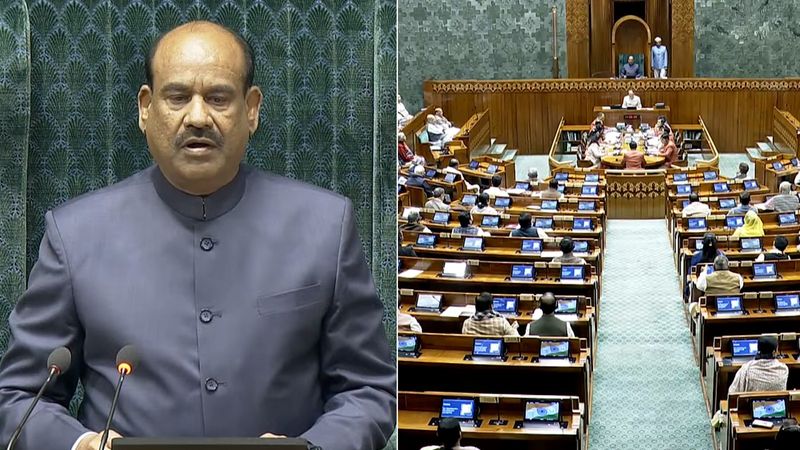Listen To This Post
Chandigarh: In a landmark development, Chandigarh was officially declared the country’s first slum-free city on Tuesday, following the demolition of Shahpur Colony, the last remaining settlement within its municipal limits. With this, authorities concluded a 12-year-long reclamation drive that has recovered over 520 acres of prime public land, transforming the city’s urban landscape.
Deputy Commissioner Nishant Kumar Yadav confirmed that an additional 5 acres were reclaimed with the clearance of Shahpur Colony. “The demolition of Shahpur Colony marks a significant milestone for Chandigarh,” he said, adding that the achievement reflects sustained administrative and political will.
A long campaign of reclamation
The anti-slum campaign began over a decade ago, targeting some of the largest and oldest informal settlements in the country. In 2014, the removal of Kalyan Colony freed nearly 89 acres, while the demolition of Ambedkar Colony released another 65 acres. That same year, the clearance of Colony No. 4 brought 65 acres back under government control.
The pace of reclamation accelerated in recent years. In 2022, extensive evictions were carried out in Colony No. 4, followed by fresh demolitions in Adarsh Colony, Sector 25 Colony, and Sanjay Colony located in the Industrial Area. Officials say that in just the past year alone, land worth over ₹2,500 crore has been reclaimed through the demolition of encroachments.
Shahpur Colony: the last settlement
The final operation at Shahpur Colony was carried out under tight security on Monday, with a large police deployment overseeing the eviction. Officials confirmed that the process was completed without significant disturbances. Two months earlier, the estate department had already vacated several smaller parcels, paving the way for Tuesday’s milestone announcement.
Implications for the city
The clearance of slums has freed vast tracts of land in key areas, creating new opportunities for planned urban development, infrastructure expansion, and restoration of public spaces. Chandigarh’s status as a planned capital city, envisioned by Le Corbusier, had long been under strain due to the rise of informal settlements. Authorities believe this achievement will now strengthen the city’s claim as India’s most orderly and sustainable urban model.
At the same time, the development raises questions about the rehabilitation of displaced residents. While officials stress that relocation schemes have been initiated, concerns persist among civil society groups about long-term housing solutions for families who have lived in these colonies for decades.
A milestone with mixed realities
For Chandigarh, the “slum-free” tag represents both an administrative victory and a social responsibility. The removal of over a dozen colonies in the last 12 years demonstrates rare consistency in governance. But sustaining this achievement will depend on ensuring that fresh encroachments do not re-emerge and that the rehabilitated families find secure, dignified housing options.
With Shahpur Colony gone, Chandigarh has etched its name in history as India’s first officially slum-free city. This milestone may now serve as a case study for other urban centres struggling to balance development, land management, and social equity.














